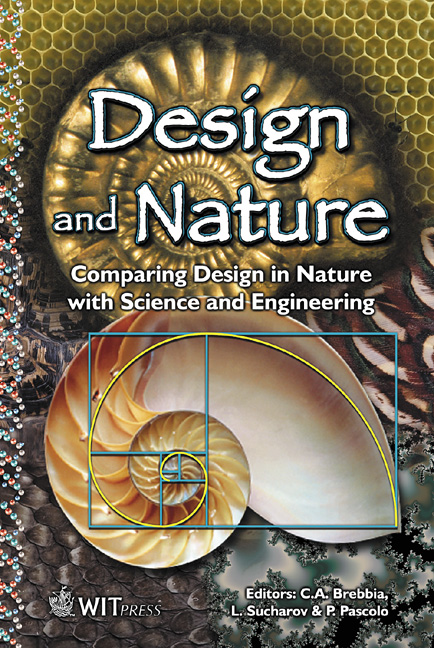On The Design Of Efficient Micro Air Vehicles
Price
Free (open access)
Transaction
Volume
57
Pages
Published
2002
Size
821 kb
Paper DOI
10.2495/DN020071
Copyright
WIT Press
Author(s)
K. D. Jones & M. F. Platzer
Abstract
In the past few years aeronautical engineers have recognized the possibility of building very small air vehicles, so-called Micro Air Vehicles (MAVs), in response to specific military and commercial needs. Remotely controlled or autonomous MAVs are difficult to detect because of their small size and low noise emission or, if detected, they may be mistaken for small birds or insects. Yet video cameras and other sensors have become so miniaturized in recent years that it is possible to mount them on MAVs for the purpose of transmitting information which may be difficult to obtain in other ways. In this paper the authors first explain various aspects of the physics of thrust generation due to wing flapping and then review the major computational and experimental results which they achieved during the past few years. They conclude with a description of their MAV which is currently under development. 1 Introduction Although early flight pioneers, such as 0.Lilienthal, were fascinated by the birds’ ability to fly by flapping their wings, attempts to build flapping-wing flight vehicles were soon abandoned in favor of fixed-wing or rotary-wing aircraft. On fixed-wing aircraft the thrust and lift generators are clearly separated, whereas on rotary-wing aircraft thrust and lift generation are accomplished by a single system, i.e., the rotor (or rotors) only. It is noteworthy that fixed wing aircraft preceded rotary- wing aircraft by some forty years due to the difficulty of building flight vehicles with integrated propulsion/lift systems. Birds and insects have mastered the use of integrated propulsion/lift systems for many millenia. It is therefore appropriate to ask whether Nature can provide insights and guidance for the design of flight vehicles which may have new and
Keywords





